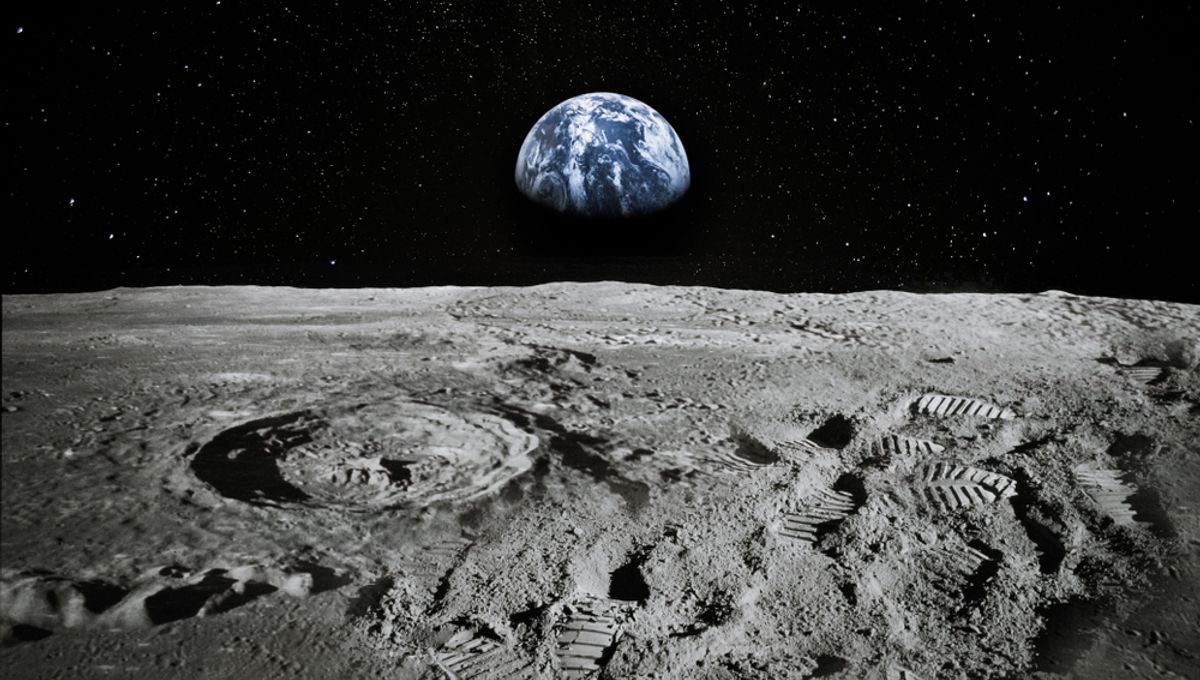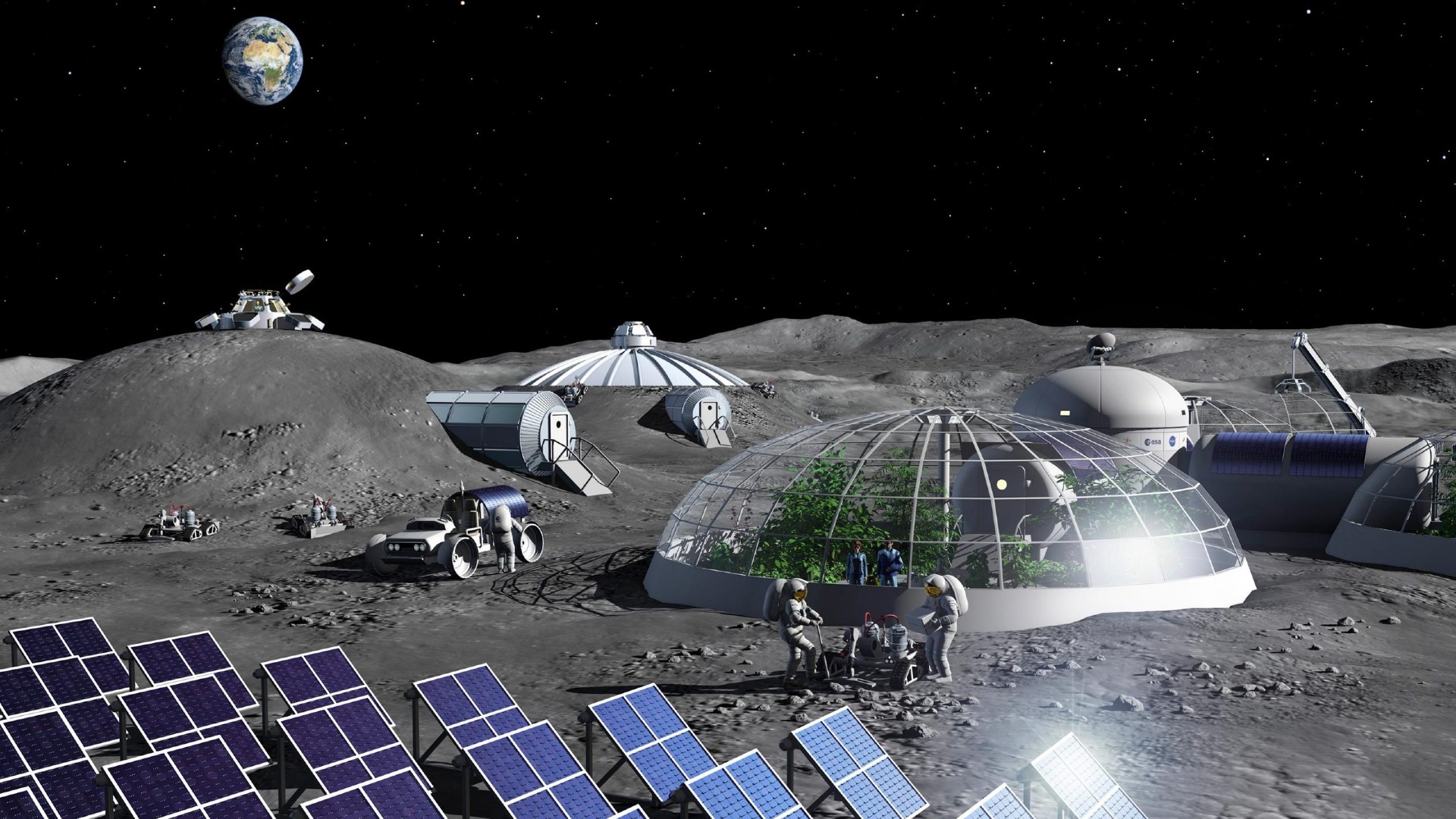T4K3.news
New method extracts water from lunar soil
Researchers have developed a device that turns lunar dirt into water and oxygen using sunlight.

A new method for converting moon dirt into vital water and oxygen could revolutionize space exploration.
New technology transforms lunar soil into essential resources
A recent study outlines a breakthrough device that heats lunar soil using sunlight to extract water and convert carbon dioxide into oxygen. This technology addresses a key challenge for establishing long-term bases on the Moon by potentially reducing the need to transport water from Earth, which is prohibitively expensive. NASA estimates that sending water to space costs around $83,000 per gallon. The device utilizes a process known as photothermal catalysis, enabling it to operate without mechanical pumps, thereby making it compact enough for lunar missions. Research indicates that concentrations of water exist in lunar soil, making this process viable.
Key Takeaways
"We never fully imagined the ‘magic’ that the lunar soil possessed."
Lu Wang from the Chinese University highlights the surprising potential of lunar soil.
"Shipping water is unsustainable."
Emphasizes the need for local resource utilization in space missions.
"Addressing technical challenges is essential for achieving sustainable lunar water use."
Study authors stress the importance of overcoming hurdles for long-term lunar missions.
"A compact, sun powered unit could be the missing piece for lunar exploration."
The article underscores the significance of the new device for future space initiatives.
The implications of this technology extend beyond mere survival on the Moon. By enabling in situ resource utilization, it paves the way for self-sustaining lunar habitats. As agencies like NASA and China’s space program pursue ambitious lunar goals, adopting this method could significantly lower operational costs and enhance mission sustainability. If successful, extracting local resources will lead to expanded exploration opportunities, potentially setting the stage for human life on other planets in the future.
Highlights
- Converting moon dirt into vital resources could change everything.
- New technology sets the stage for sustainable lunar living.
- The future of moon bases just became brighter with this discovery.
- Is lunar independence finally within reach?
Budget concerns may impact future lunar missions
High costs associated with developing and deploying this technology pose risks to sustaining lunar missions.
As the race to the Moon heats up, self-sufficiency may define humanity's next era of exploration.
Enjoyed this? Let your friends know!
Related News

New technique developed for lunar base

Scientists develop method to extract water from moon soil

New technology reveals Moon's potential for resource extraction

NASA's Rover Testing Faces Scrutiny

South Korea plans a moon base by 2045

Illegal mercury trade expands amid cartel activities

Study reveals Moon's protective surface features

Expert Tips on Garden Pest Management
